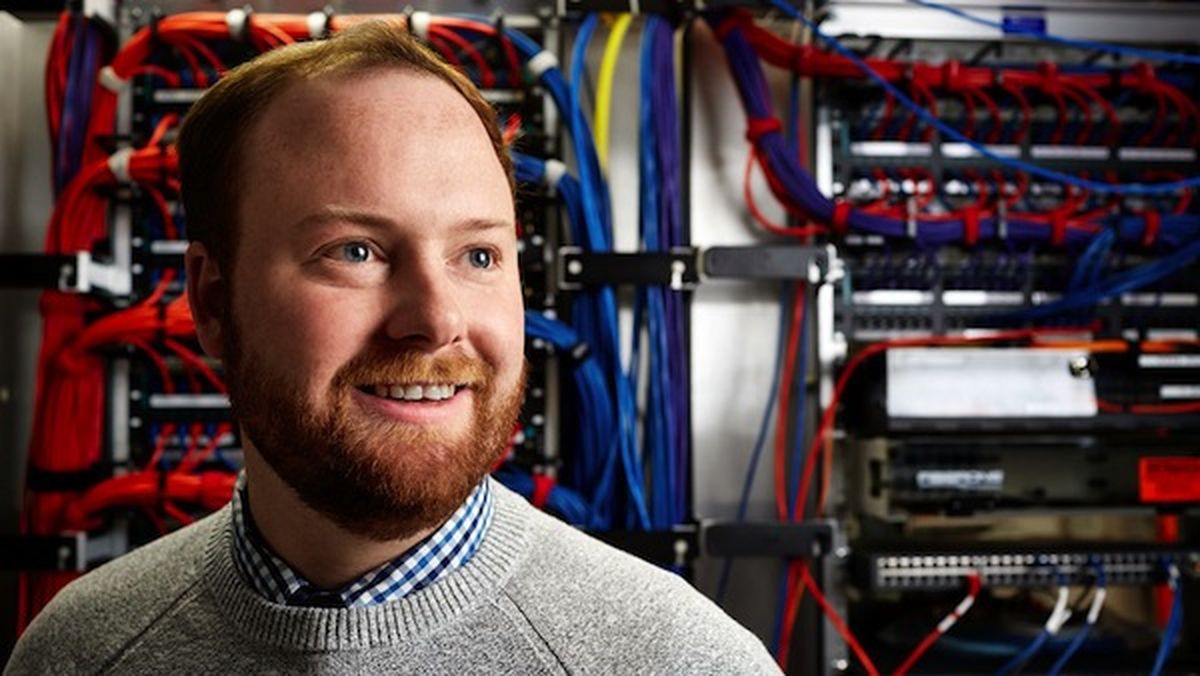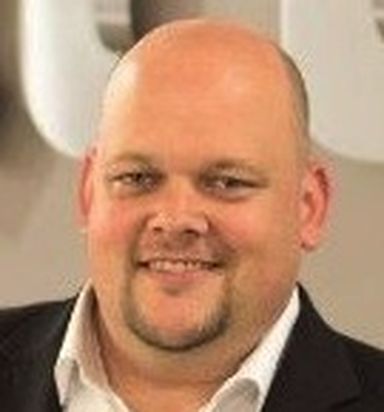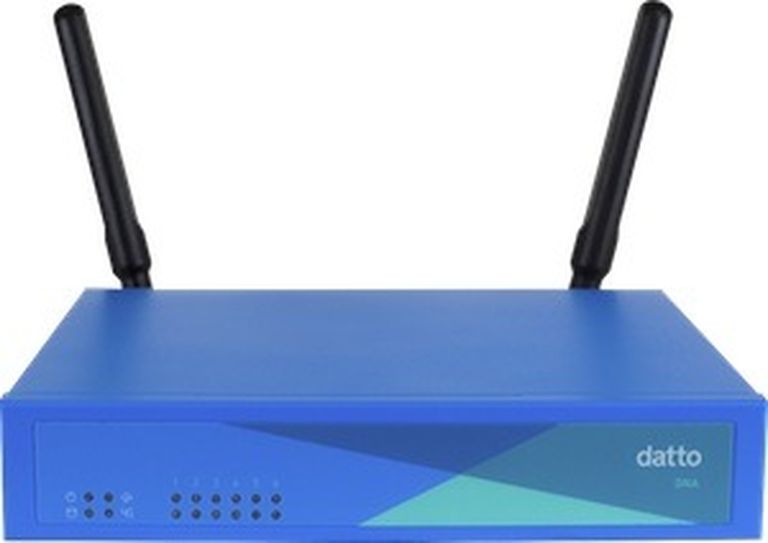
More than 700 MSPs have gathered at DattoCon16 in Nashville, Tenn. Plenty of news (involving Siris 3, Datto Network Appliance and more) has emerged at the conference. But what were the biggest stepping stones, inflection points and milestones in the data protection business so far? Here are some not-so-conventional thoughts.
First, a disclaimer: Most Datto partners know CEO Austin McChord launched the business in his parents' basement, and ran up big credit card bills to get the company going. But since the background story is so well known we didn't include it on our top 10 list.
10. BDR Comparisons (2011): Datto launched and briefly ran a comparison site called BDR Facts in 2011. The site compared Datto's backup and disaster recovery platform to alternatives from Axcient and Zenith Infotech. I'm not a technologist, but I didn't agree with some of the site claims at the time. Instead of sidestepping the debate, McChord spoke with me on the phone, explained Datto's product positioning and predicted Datto would out-engineer rivals while also adhering to a pure MSP channel model. Fast forward to present day: Zenith Infotech no longer exists; Axcient has a hybrid direct and indirect sales model; and Datto adheres to a pure MSP model that's profitable and growing.
9. Declaring War On Each Other -- Without Harming MSPs (2015): Continuum and Datto partnered on BDR in 2011 amid the Zenith Infotech collapse. But Continuum and Datto wound up in court around 2012 and 2013 amid a software development dispute. The duo ultimately ended an OEM relationship in 2015 after Continuum acquired its own BDR platform. Instead of leaving mutual MSP partners in a lurch, Continuum and Datto put aside their differences and agreed to support MSPs running the discontinued OEM solution until May 2019. The takeaway? IT vendor partnerships sometimes end, but carefully managed negotiations can mitigate the fallout for partners.

8. Blending Open Source With Home-Grown Software (Ongoing): Take a close look at Datto's technology and it's built upon open source software like Ubuntu Linux. The approach allows Datto to swap out technologies from time to time as new open source options become more robust. A key point: The new Siris 3 platform leverages KVM (Kernel Virtual Machine), a VMware and virtualization alternative that's wildly popular in open source circles. The result should be vastly improved scalability. "It's all about marrying our intellectual property with open source, and contributing back to the open source community," says Datto Chief Revenue Officer Brooks Borcherding.

7. Exploiting An M&A Misstep (2013): When AVG Technologies acquired Level Platforms in 2013, the buyer and seller made a critical mistake. Specifically, AVG and Level Platforms failed to retain some of Level Platforms' most important employees as part of the deal. Sure, AVG made job offers to many Level Platforms employees. But some offers took days -- or weeks -- to become official. Sensing opportunity, Datto pursued and hired Rob Rae, a channel veteran who had worked closely with MSPs while at Level Platforms. Rae and Datto's business development team have since built one of the MSP industry's best-known partner programs.
6. Abandoning Amazon Web Services (2016): Datto acquired Backupify in 2014, and has since migrated the platform from Amazon Web Services to Datto's own cloud infrastructure. Frankly, I assumed that most backup and storage providers will need to standardize on AWS or Microsoft Azure in order to gain economies of scale. But Datto claims otherwise. The result, Borcherding asserts, is blazing fast performance at price points that are far below AWS rates.

5. Diversified Revenue Streams (Ongoing): You've heard about one-hit wonders -- musicians who write one hit song and then never repeat that success. You've seen similar stories in the IT market, where one-hit wonders like Novell (NetWare) and WordPerfect (word processing) never quite developed a second hit product.
Eager to avoid that fate, Datto is extending beyond BDR into the networking and unified threat management (UTM). Yes, in some ways Datto is becoming a data and network security company. The Datto Network Appliance (DNA), still in beta, seeks to shake up the network connectivity, WiFi and security market.
In and around the halls of Datto, McChord continues to preach "velocity" -- the company must aggressively serve existing markets while moving into new markets, without losing momentum as the company scales, McChord clams.
4. Branding and MSP Lead Generation: Each time Datto launches a new product or service, the company focuses heavily on the MSP opportunity. A case in point: Datto Drive is a file sync and sharing service with a freemium component. As end-customers sign up for the service, the customer leads are fed from Datto to MSPs. Moreover, a billboard marketing campaign promotes Datto's brand alongside an MSP brand -- essentially helping to build mind share and market share for the vendor and its partners in specific regional markets.
3. New Hardware Pricing Model: Datto introduced lower hardware pricing -- at a fixed cost -- and abandoned occasional promotional pricing in early 2016. On the one hand, I think that meant the end to blowout sales that occasionally come along. But on the other hand, MSPs gained predictable pricing -- at a more aggressive rate than usual -- to help set their own prices to end-customers. The strategy is performing well, Borcherding says, and the new Siris 3 offering will be priced as aggressively as the Siris 2.
2. Infinite Cloud Retention: Launched today, Infinite Cloud Retention (ICR) allows Datto partners to store backup data forever in Datto’s cloud. "It's a whole new conversation MSPs can have with their customers," says Borcherding. "You can assure your customers that their data is always going to be there, safe in the cloud." The ICR option involves only a 20 percent pricing premium (roughly) on Datto's offerings.
1. Embracing Venture Capital, Remaining Profitable (2013): Most folks know Datto raised $75 million and achieved unicorn status (a $1 billion valuation) in 2015. But in my mind, an earlier funding round -- in 2013 -- was far more significant. Profitable and growing, Datto at the time raised $25 million led by General Catalyst Partners. As part of the move, former VMware CTO Steve Herrod and Akamai Executive Vice Chairman Paul Sagan joined Datto's board. The move came one week before Datto's first partner conference.

The move signaled that McChord was thinking bigger. Much bigger. Herrod and Sagan are influential names in the virtualization, storage and venture capital worlds. They have previously built large companies -- businesses that are far larger than typical MSP-focused software and hardware firms. Additional board members like Ted Coons (general partner, Technology Crossover Ventures), Pat Gray (PwC veteran) and Ursula Burns (CEO, Xerox) have further diversified and strengthened Datto's board with finance an enterprise experience. Another reason to be impressed: Datto has maintained profitability during both funding rounds...
So what did I miss? Surely, there were some more technical and/or business developments that helped to shape Datto and its partner base in recent years. I'm all ears.




